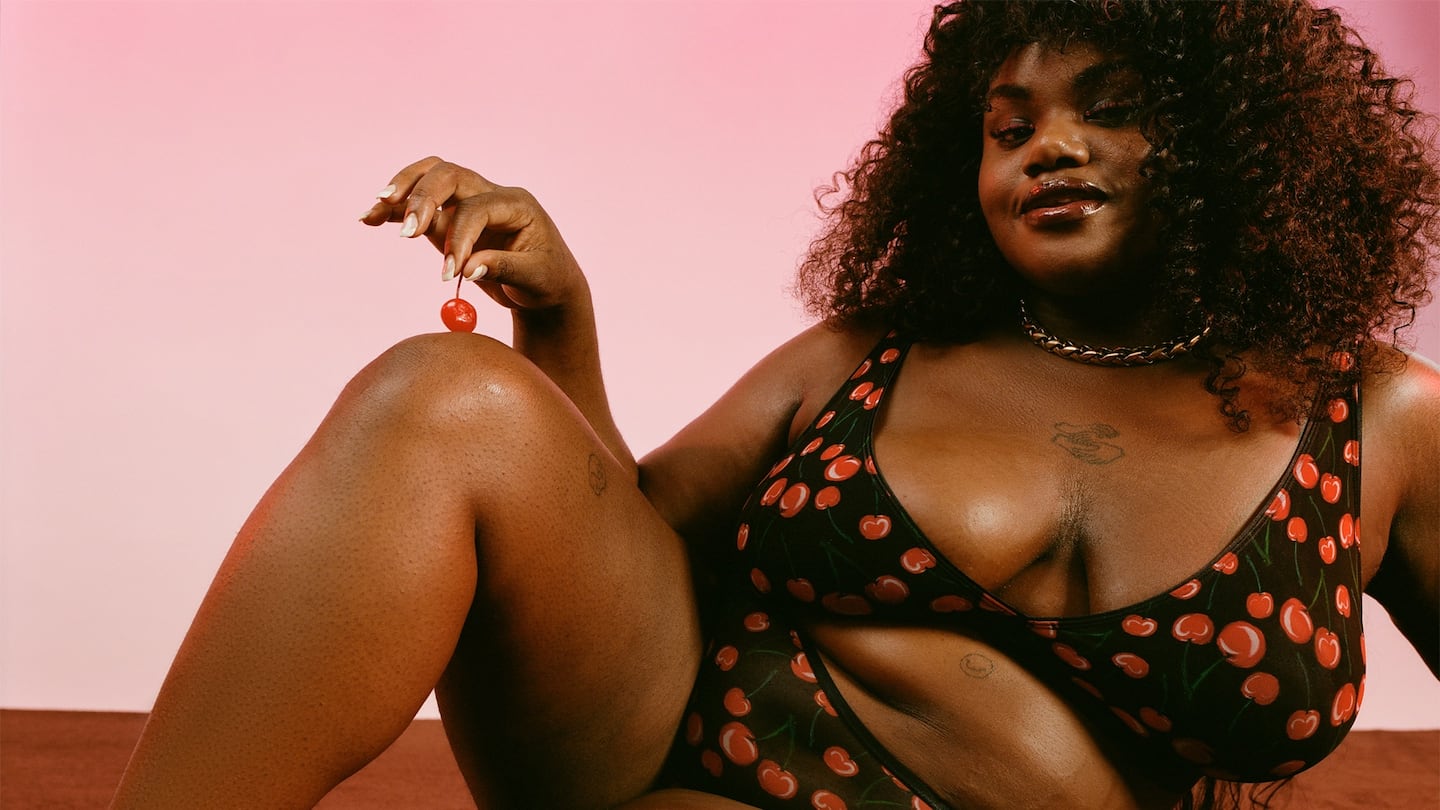
The Business of Fashion
Agenda-setting intelligence, analysis and advice for the global fashion community.

Agenda-setting intelligence, analysis and advice for the global fashion community.

The direct-to-consumer intimates brand intends to use the funds from the Series B round, led by investment firm Stripes, to expand its product offerings, open brick-and-mortar pop-up shops and make new sustainability commitments, according to a press release.
To date, Parade has raised $43 million in funding and is projected to quadruple revenue growth by the end of 2021, according to the brand. Since it launched in 2019, Parade has grabbed the attention of DTC veterans, including Warby Parker co-founder Neil Blumenthal, for its punchy marketing and insistence on inclusivity, helping to redefine the DTC brand marketing playbook. But Parade’s future is not without challenges, as DTC darlings before it — including Warby Parker and AllBirds — struggle to scale as their companies mature.
Learn more:
How Not to Be a Boring Direct-to-Consumer Brand
In a fashion and beauty market packed with look-a-like labels, more start-ups are breaking the mould with a bolder aesthetic.
As the German sportswear giant taps surging demand for its Samba and Gazelle sneakers, it’s also taking steps to spread its bets ahead of peak interest.
A profitable, multi-trillion dollar fashion industry populated with brands that generate minimal economic and environmental waste is within our reach, argues Lawrence Lenihan.
RFID technology has made self-checkout far more efficient than traditional scanning kiosks at retailers like Zara and Uniqlo, but the industry at large hesitates to fully embrace the innovation over concerns of theft and customer engagement.
The company has continued to struggle with growing “at scale” and issued a warning in February that revenue may not start increasing again until the fourth quarter.